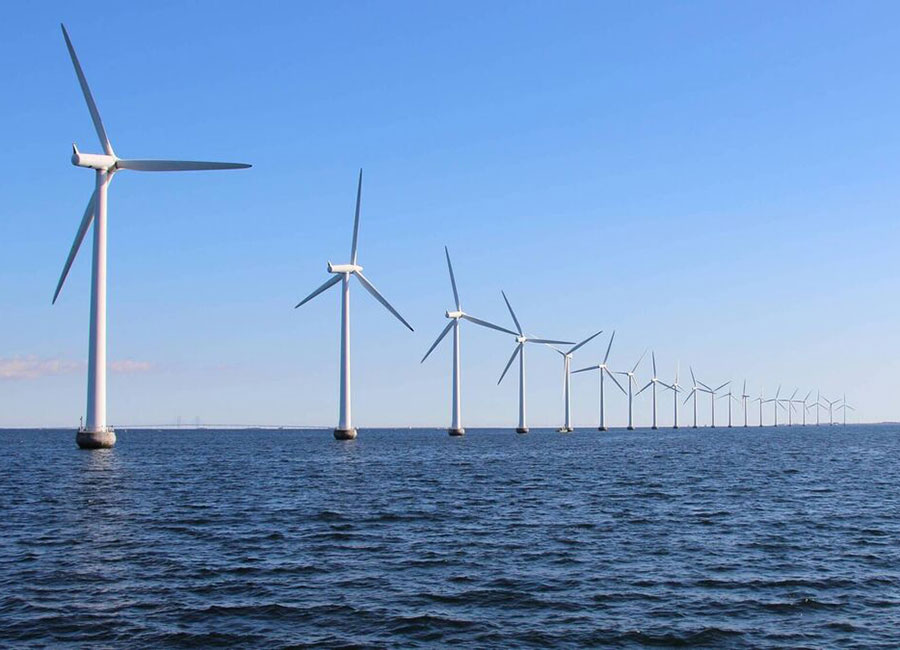Wind Energy Ireland (WEI) has called on the government to identify new sites for offshore wind development after finding overwhelming public support for wind power.
Four in five (80%) people support wind energy development, and a further 62% said they would back the development of a wind farm in their local area, while just 4% said they opposed wind energy development.
"Irish people are hugely supportive of wind energy and know it is the leading solution to rising energy costs and the climate emergency," said Noel Cunniffe, CEO of Wind Energy Ireland.
“Wind power is already helping to reduce electricity prices, cut carbon emissions, and create jobs in communities across the country.
"With public support stronger than ever, we need to accelerate investment in grid infrastructure and skills to maximise the benefits for families, businesses and the environment."
The survey, conducted for WEI by Interactions Research, found that 75% of those surveyed support offshore wind energy, with 82% recognising its role in securing Ireland’s energy supply.
However, only one in four believe Ireland is doing enough at a policy level to drive offshore wind development.
When asked to rank the top five benefits of wind energy, people answered: good for the environment (77%), reduces CO2 emissions (76%), cheaper electricity (71%), supporting energy independence (55%), and creates employment (45%).
“Offshore wind represents an enormous opportunity for Ireland. It can be the basis of our national energy independence," said Cunniffe.
"Research has shown that Ireland’s offshore wind farms could generate €38bn for the Irish economy by 2050 if we can unlock its potential. This survey proves we have the support of the Irish people but they want to see more and faster delivery."

Cunniffe said the government needs to identify new sites for offshore wind energy projects around our coasts and reinforce the electricity grid to accommodate the enormous clean power these wind farms can produce.
A representative sample of 1,070 Irish adults and a supplementary booster of sample of 210 rural dwellers were questioned for the survey between 17 November and 1 December.
(Pic: Getty Images)









